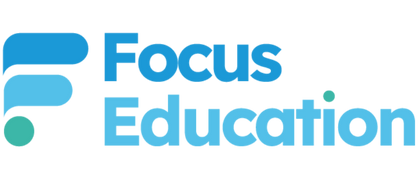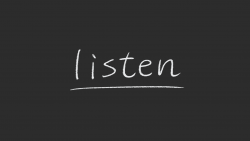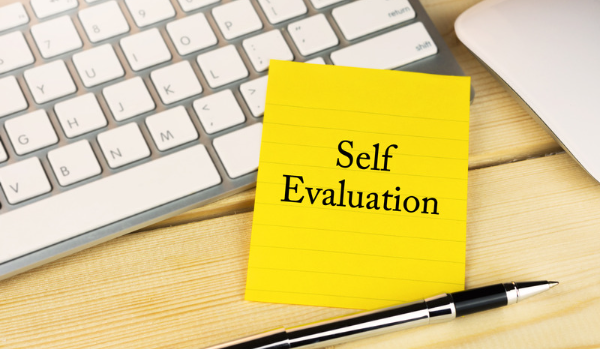
Self-evaluations are a closely guarded document and headteachers rarely see any others apart from their own.
So here are some top tips to bear in mind when writing, or updating, your self-evaluation based on what I have found is fairly typical in many self-evaluations, regardless of the format used.
School Context
Quite often this is the data from IDSR copied into the document. Things like the number of pupils on role; disadvantaged; SEND etc. This is fine, but because this information is available elsewhere, for example in IDSR, it can be useful to consider the ‘so what?’. After all, it is a ‘self-evaluation’ document so this section can be evaluative too.
For example, if the number one role has grown considerably and rapidly, what have been the ramifications of this and how has it been managed? If SEND is increasing what has been implemented to meet these needs? Just a sentence after certain noticeable pieces of data can be useful as reflection and also to show leaders’ responses to circumstances.
Behaviour and Attitudes
Quite often it is the attitudes to learning that is not mentioned sufficiently in this section of a self-evaluation. There is often information about conduct, the politeness of the children, how the school is praised for behaviour after a school trip or by visitors to the school and the fact that lessons are not disrupted. All good stuff. However, I’ve visited schools where the attitudes to learning, the learning behaviour of the children, were a real strength. And this had not really been acknowledged in the self-evaluation apart from perhaps a brief sentence. Many schools have focused on attitudes to learning since the pandemic and it is often embedded and having a real impact on learning. So make sure it is recognized and evaluated as such.
Impact
In this section there is normally a lot of information written about the most recent SATs results, explaining the strengths and especially explain any dips especially if outcomes were significantly low. (It’s noticeable that if attainment has risen it can often be ‘a start of a trend’ whereas if attainment was low, it is ‘a cohort related dip’…) Anyway, what is written often concentrates on historical outcomes with scant regard for current cohorts. It’s a balancing act; putting what the school knows about current cohorts in the light of historic outcomes. In effect proving the strong attainment for a cohort last year really was the start of a trend because information for a number of current cohorts supports the improving attainment across the school.
Additional Impact Information
The other information that is often missing from the Impact section is that concerning any subjects other than English and maths. Most schools are still developing or further refining summative assessment in non-core subjects but as soon as some information is available what is it telling the school and how is the school acting on this? This can be summarized in the self-evaluation. But at the moment it is rare to find this. And of course, by its omission the implication is that leaders either do not have the information or if they do, they are not using the information to improve outcomes.
Hopefully these observations and suggestions are useful and could improve self-evaluation as part of the school improvement cycle. Not just to tick a box for certain visitors, but to ensure the strengths of a school are recognized for any audience, be that SLT, Governors, or anyone involved in school improvement and accountability.
Who knows? You might even show yours to another headteacher…
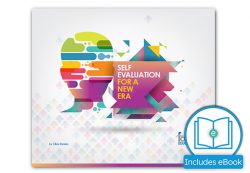
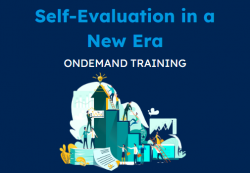
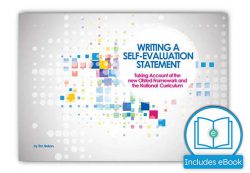
Tim has been a headteacher with a successful track record; his last school had a reputation for innovation and their initiatives have been utilised by others and presented internationally.
School improvement has been at the heart of his career, working as an LLE, a School Improvement Partner, Professional Partner as well as an Ofsted inspector and mentor for trainee inspectors.

